The MRSEC team at Ohio State University has developed a new type of metal-organic framework which is a promising candidate for spin liquid physics based on the Kitaev honeycomb model.
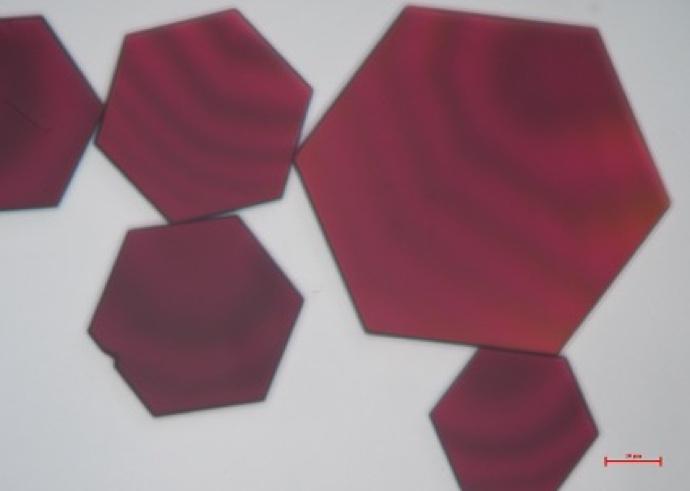
The MRSEC team at Ohio State University has developed a new type of metal-organic framework which is a promising candidate for spin liquid physics based on the Kitaev honeycomb model.
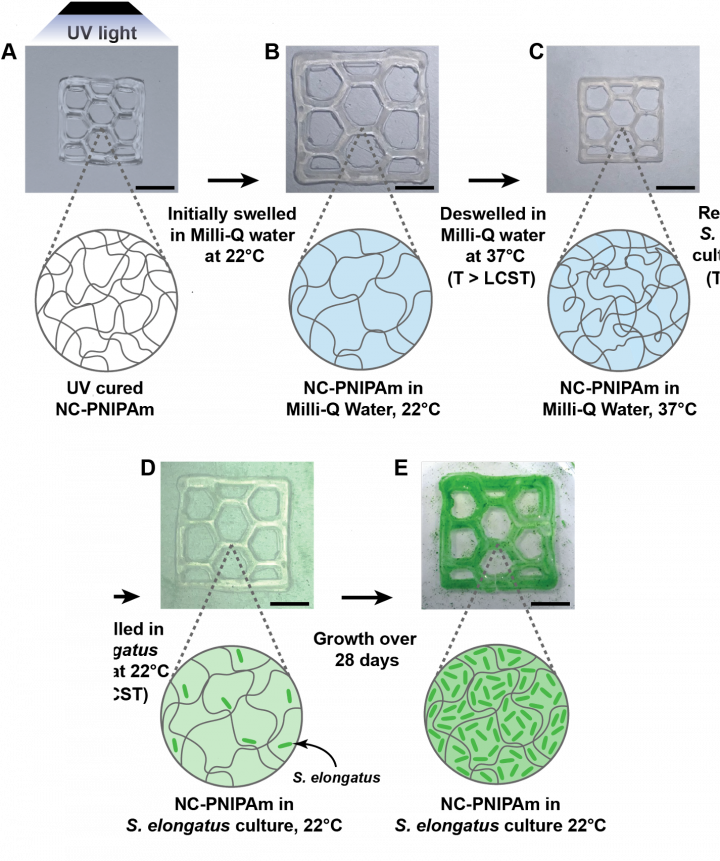
One of the research goals of UCSD MRSEC IRG2 included developing shape-shifting materials driven by asymmetric forces. In a recent effort, the MRSEC team demonstrated an ELM capable of shape-shifting driven by both a temperature stimulus and enzymatic mediated partial degradation of the composite material.
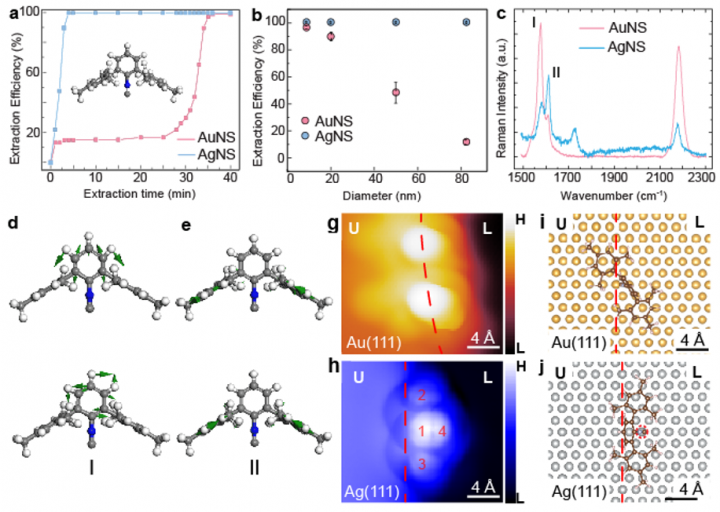
Surface ligands are critical in determining the chemical and physical properties of nanocrystals and nanoparticles. However, site-selectivity and preferential binding of these ligands are poorly understood. MRSEC researchers at the University of California, San Diego have uncovered the impact of molecular orientation on m-terphenyl isocyanide ligand binding to metal nanocrystals using surface-enhanced Raman spectroscopy, where molecular motions are amplified when aligned with the optical near-field.
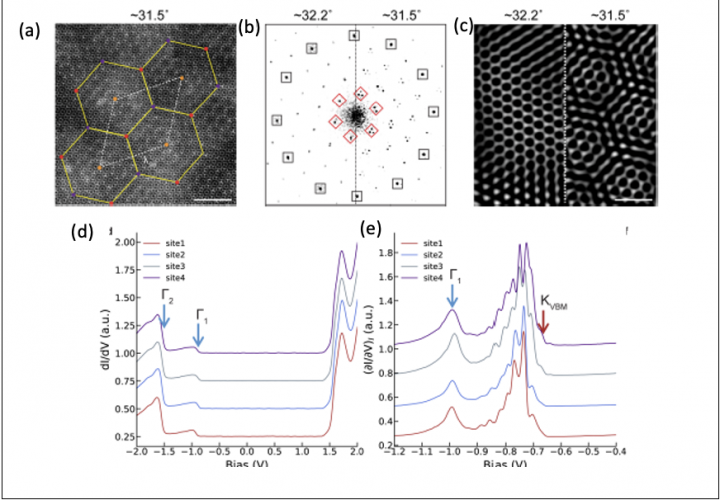
The UT Austin MRSEC has discovered a super-moiré structure in a large-angle single twisted WSe2 bilayer, which hosts narrow electronic bands.
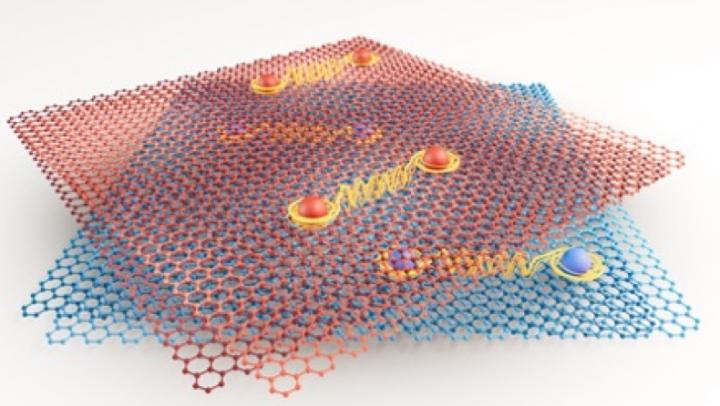
UT Austin MRSEC researchers have realized a graphene double moiré structure and demonstrated independently tunable flat bands in such a structure.
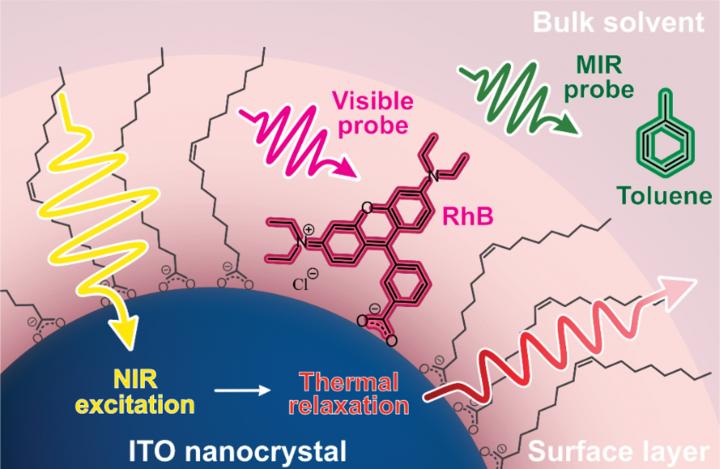
Metal Oxide nanocrystals that incorporate dopants (impurities) can display intense absorption bands known as localized surface plasmon resonances that can transduce light into heat. Using a series of time-resolved measurements with femtosecond resolution together with a theoretical heat transfer model, UT Austin MRSEC researchers have quantified timescales over which tin-doped indium oxide nanocrystals heat their environment following light absorption.
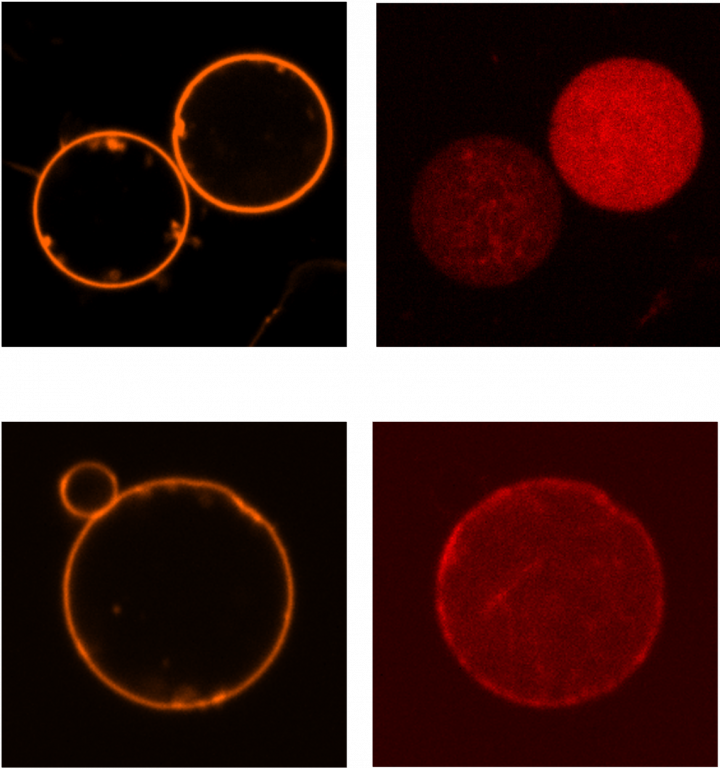
MRSEC researchers at UT Austin have developed a method to generate a synthetic cortex at the membrane of synthetic cells upon blue light illumination. This allows them to control the mechanical properties of synthetic cells reversibly. When incorporated into a synthetic tissue, this method would enable mechanical patterning and defining the 3D morphology of tissue with light.
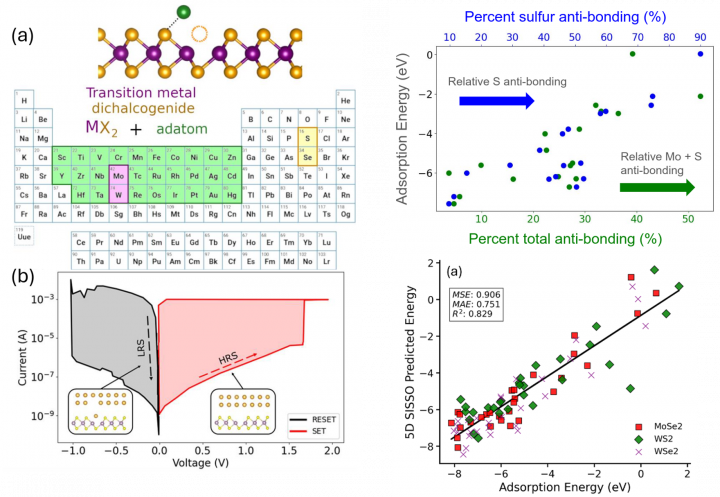
Two-dimensional transition metal dichalcogenides have recently been shown to demonstrate non-volatile resistive switching , offering significant advantages such as high-density integration and low energy consumption due to their atomic-scale thinness. In this study, MRSEC researchers at UT Austin focus on the adsorption and desorption of metal adatoms, which can modulate the electrical resistivity by several orders of magnitude.
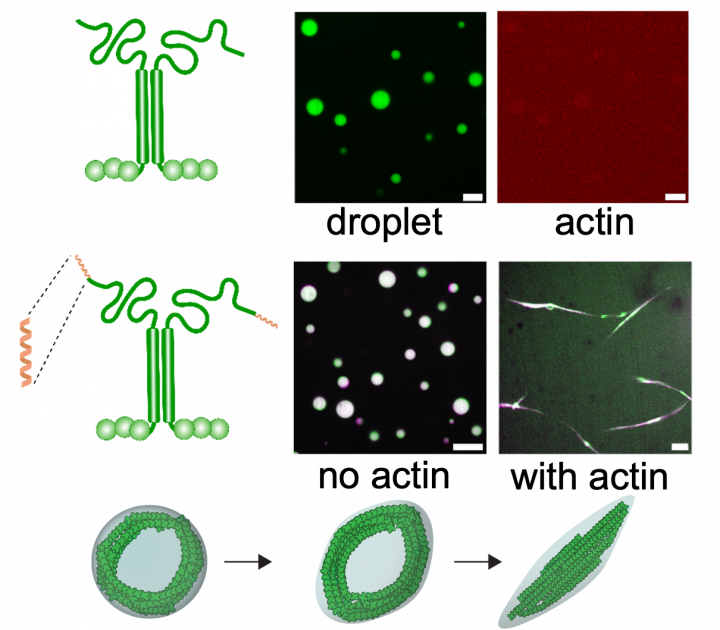
MRSEC researchers at the University of Texas Austin have revealed major driving forces for bundling of actin filaments including (i) depletion effects, and (ii) multi-valent presentation of filament-binding domains.
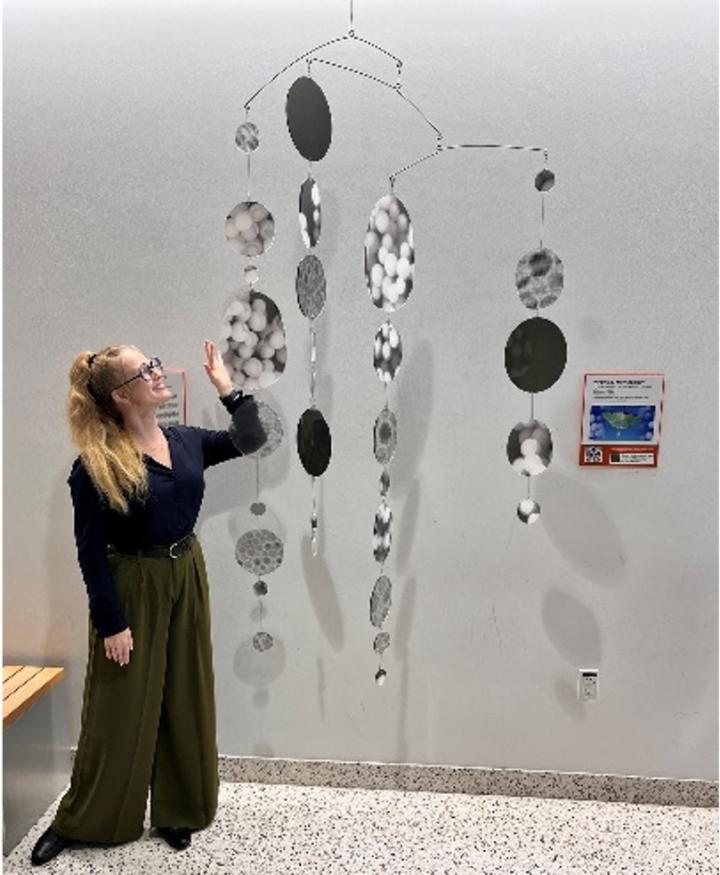
The artist residency program at the Center for Dynamics and Control of Materials enables artists to work with CDCM faculty to create contemporary art installations that demonstrate emerging science and technology, bringing fundamental concepts in science to the public in very tangible, engaging ways.